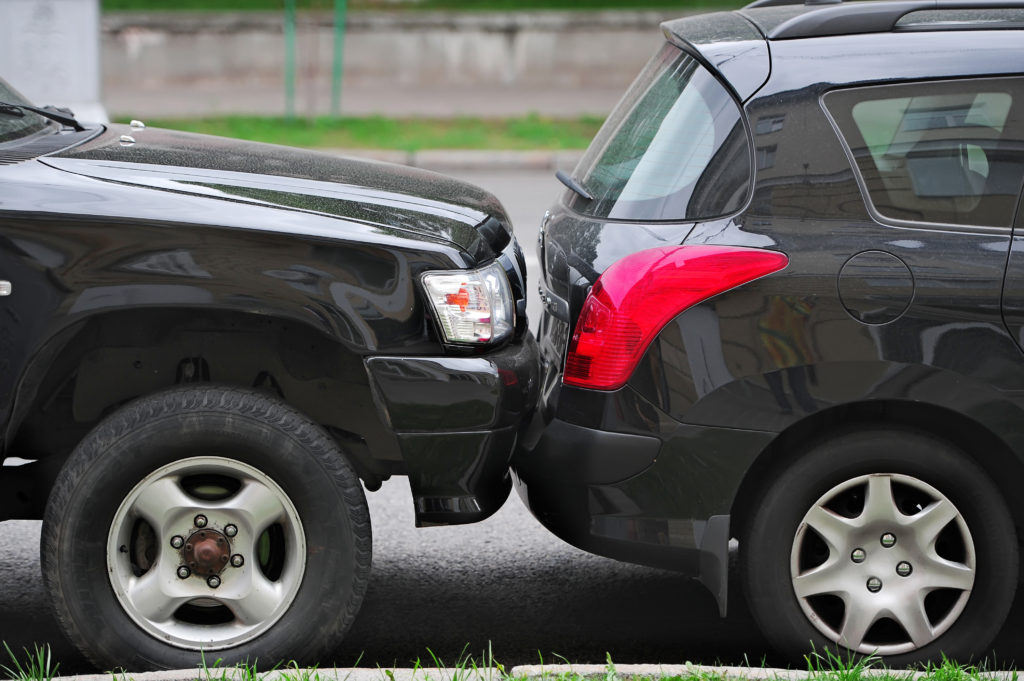14 Jul Is My Car Accident Considered Minor?
Car accidents can vary widely in terms of their severity. A fender bender at low speed might not leave a scratch, but a collision with a truck can completely total a car. While some collisions can leave both vehicles damaged beyond repair, others can cause only minor damage that has no impact on a car’s safety or drivability.
Sometimes a car doesn’t have much external physical damage, but still resulted in one or more of the passengers getting injured. So when is an accident considered “minor” and why is this important?

The Amount of Damage Determines Your Reporting Obligations
In New York, the extent of the damage caused by an accident can impact your obligation to report the accident to the New York Department of Motor Vehicles (DMV).
Under New York law, a driver must report an accident to the DMV if the accident results in serious injury, death, and/or more than $1,000 in damage to any vehicle.
Are the Damages to my Car Considered Minor?
Less than $1,000 in damage can generally be considered “minor,” though there is not a precise definition of “minor” vehicle damage under New York law. But how do you know if the damage to your vehicle will cost more than $1,000 to repair? While you can get an estimate for your vehicle promptly, you won’t necessarily know what repair bills the other driver will incur. Repairs can be surprisingly expensive, and even seemingly minor damage can easily require thousands of dollars worth of repairs.
Additionally, even if a vehicle appears to have suffered only minor exterior damage, there could be internal damage that requires extensive – and expensive – repairs. For example, in a front-end collision, the car’s radiator and various other components behind the front bumper may need to be replaced even if the visible damage is minimal.
How Do I Know if the Injures From the Accident Are Considered Serious?
In addition to reporting the accident to the DMV, there are further options a person can pursue if they have been injured as a result of the accident. While no-fault insurance will cover some medical bills and lost wages following an accident, a person might pursue a personal injury claim to try and receive further compensation. This is only the case though if New York deems the injury as “serious”.
While any injury from an accident can be devastating, New York has a statute called the “Serious Injury” Threshold that determines whether or not a person is able to file a personal injury claim. Here is what the State of New York considers to be a serious injury:
- Death
- Dismemberment
- Significant disfigurement
- Fracture
- Loss of fetus
- Permanent loss of use of body organ, member, function or system
- Permanent consequential limitation of use of a body organ or member
- Significant limitation of use of a body function or system
- Medically determined injury or impairment of a non-permanent nature which prevents the injured person from performing substantially all of the material acts which constitute such person’s usual and customary daily activities for not less than ninety days during the one hundred eighty days immediately following the occurrence of the injury or impairment
When you read these categories, especially the last few, it might not seem so straightforward. This is one of those areas where it is best to consult with an experienced attorney to see if your injuries can be compensated in the state of New York. Most personal injury attorneys offer a free consultation, so it wouldn’t hurt to give them a call and see if you can get help for your injuries.

About the Author
Steven Palermo is the managing partner for Palermo Law, Long Island’s Personal Injury Law Firm. He has been helping people receive compensation for their injuries for over 21 years. He focuses on cases involving car accidents, truck accidents, construction accidents and slip and fall injuries.
His book The Ultimate Guide to Handling New York Car Accident Claims details the ins and outs of a car accident claim in a simple, easy-to-read manner.

